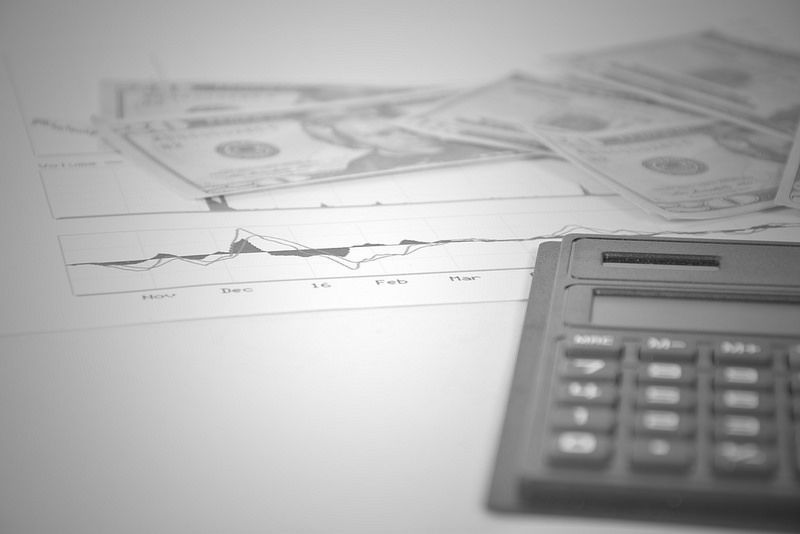1 Comment
Sourced by KW Kids Can, Inc. and Rellek Publishing Partners, Ltd.
*Taken from Mark Skousen's "Forecasts and Strategies" paper (January 19, 2018)*
Gross Output, the top line of national accounting that measures spending at all stages of production, gained momentum in the 3rd quarter of 2017. The latest GO data indicates that the economy is poised for strong expansion in 2018 even before the tax reduction bill that was passed in December 2017. By focusing solely on final spending and the end of the economic chain, GDP can sometimes be a misleading indicator of economic performance. GO is a much better, more comprehensive view of total economic activity along the entire supply chain. GO anticipates changes in GDP by as much as 12 weeks in advance and thus serves as a reliable leading indicator. The spending increase in the early stages of production, such as manufacturing, is usually a reliable leading economic indicator that overall economic growth should continue to expand. It is important to monitor the growth rate in the mining sector as an early indicator of economic expansion, but the manufacturing sector accounts for 18% of total GO and 18% of GO is also finance, insurance, real estate, rental and leasing sectors. The largest drop of 10.6% was in the Utilities sector. Gross Output and GDP are complementary statistics in national income accounting. GO is an attempt to measure the "make" economy (total economic activity at all stages of production). GDP is an attempt to measure the "use" economy (the value of finished goods and services ready to be used by consumers, business, and government. GDP is similar to the "bottom line" or "value added". GO tends to be more sensitive to the business cycle, and more volatile, than GDP. Business-to-business spending is in fact a pretty good indicator of where the economy is headed, since it measures spending in the entire supply chain. GO is a more comprehensive measure of economic activity. GDP leaves out the supply chain and business to business transactions in the production of intermediate inputs. GO and GDP are complementary aspects of the economy, but GO does a better job of measuring total economic activity and the business cycle and demonstrates that business spending is more significant than consumer spending. By using GO data, we see that consumer spending is actually only about a third of economic activity, not two-thirds that is often reported by the media. Business spending is almost twice the size of consumer spending in the US economy. The Federal Reserve was created to help reduce the injuries inflicted during economic downturns by changing the supply of money.
The Fed primarily manages the growth of bank reserves and money supply to allow a stable expansion of the economy. Their tools include: changing reserve requirements, changing the discount rate, and by open market operations. Changing the reserve ratio is the percent change of reserves a bank is required to hold against deposits. A decrease will allow the bank to lend more and thereby increasing money supply. An increase will have the opposite effect. Discount rate is the interest rate the central bank charges commercial banks that need to borrow additional reserves. If the rate is low, it encourages spending and if it is high, it encourages saving. Open market operations consist of buying and selling of government securities by the Fed. If the Fed buys, it increases the money supply. If the Fed sells, the money supply decreases. |
AuthorMy name is Camden Alchanati and my goal is to teach you how to create a future of financial stability and growth! Archives
June 2020
|
|
Phone: (323)-553-2411
alchanatiandassociates@gmail.com
|
|
All information stated does not represent The ACA Foundation's opinions and we do not claim responsibility for most of the content. This website does not provide individual or customized legal, tax, accounting, or investment advise.
All Rights Reserved
All Rights Reserved





 RSS Feed
RSS Feed

